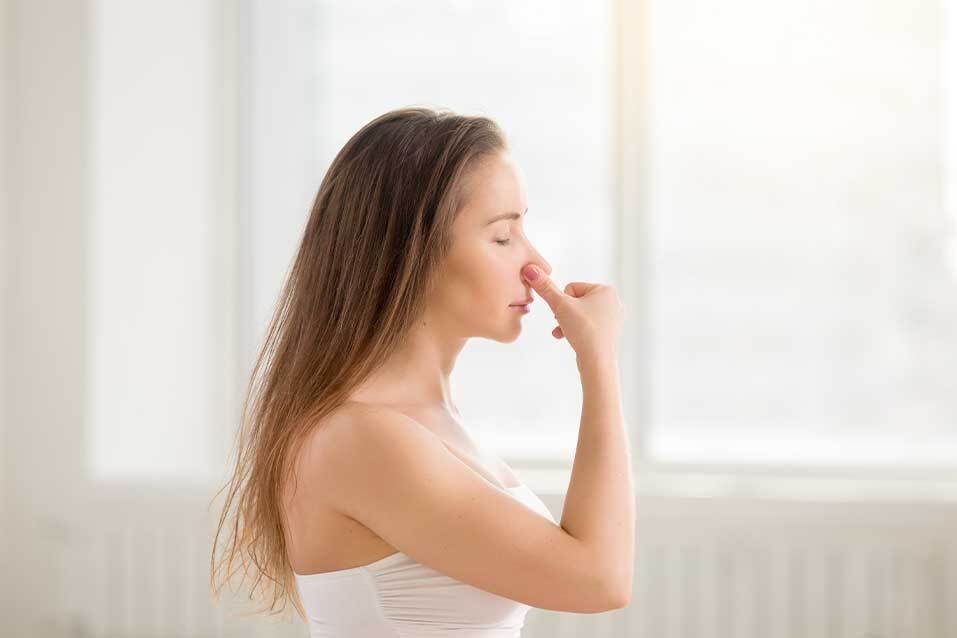
Poses
Learn how to practice Monkey Pose properly to avoid injuries. Prep poses, and a breathing exercise are included.
Monkey Pose gets its name from Hindu mythology. Lord Hanuman (the monkey god) leaps from the southern tip of India to the island of Sri Lanka. The mythological leap is captured in the Monkey Pose, which opens the hips and stretches muscles in the groin and hamstring region. Make sure to warm up your legs and hips before doing this challenging pose.
In Sanskrit, Monkey Pose is known as Hanumanasana (Haa-NU-mahn-AHS-anna). Hanuman, refers to Lord Hanuman, and asana, means pose.

Stretches and strengthens muscles in the hamstrings, thighs, and groin region
Improves flexibility in hips, groin, and legs
Stimulates abdominal organs
Strengthens the quads and hip flexors
Stimulates the sacral and root chakras
Increases awareness and balance
Tones pelvic area
Increases resilience and grounds thoughts

Hamstring or groin injury
Pregnancy
Joint injuries (hips, knees, or ankle)
Tailbone injury

Make sure you continue to breathe while holding the posture
Do not force your body into a full split, as it might harm your body
Respect your body’s limits and stretch only to a point of comfort
Attend a class with a yoga teacher for extra guidance
The best breathing exercise for any yoga posture is victory breath or ocean breath, also known in Sanskrit as Ujjayi breath. This simple-to-learn technique helps you control your breath and maintain an even flow. Watch this video to learn how to practice and add it to your yoga practice the next time you hit the mat.

Start by kneeling on the floor. Keep your legs hip-width apart. The tops of your feet should lay flat on the ground.
Extend your left leg out in front of you, your heel on the ground, and your foot flexed toward you.
Bend the torso forward slightly, supporting your weight on your fingertips.
Slowly straighten the left leg, keeping the knee flexible.
Gently start to slide the left heel forward and the right leg back slightly, taking care not to put pressure on the knee.
Keep the hips level and square with your mat.
Optional: Bring the torso toward the mat while exhaling and lengthening the spine. Continue to breathe!
Slowly bring back the left heel while pressing your fingertips into the floor to come out of Half Monkey Pose. Then, return to the kneeling position.
Take several breaths before following directions using the right leg in front.
Full Monkey Pose


To Modify
Place a blanket below your knees and ankles to avoid any pain or discomfort
Use two blocks to support your arms
Variations
To increase the challenge while in full Monkey Pose, lift the arms overhead with the palms facing each other.

When practiced regularly, breathing and meditation supercharge yoga’s life benefits. To get the most out of your yoga practice, add Sudarshan Kriya Yoga, also known as SKY Breath Meditation.
SKY practitioners report:
Greater mental focus
Healthier blood pressure
Enhanced deep sleep
Mental fortitude
Increased joy and optimism
Decreased stress, anxiety, and depression












